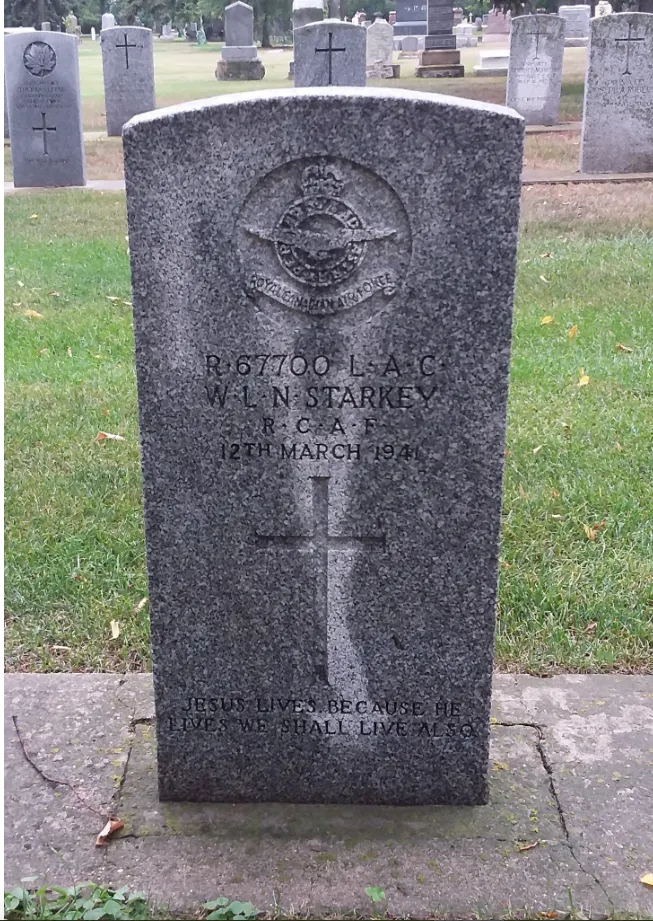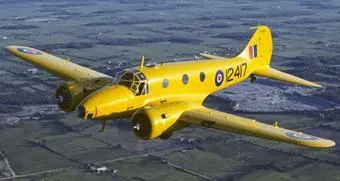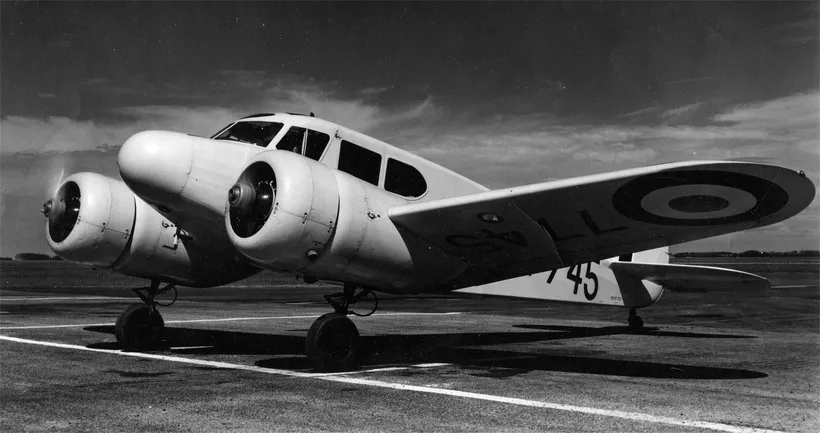Starkey, William Lewis Nick (Leading Aircraftman)
Killed in Flying Accident 1941-March-12

Birth Date: 1920-June-12
Born:
Parents: Son of Hugh L. Starkey and Elizabeth H. Starkey, of Belize, British Honduras.
Spouse:
Home: Belize, British Honduras
Enlistment:
Enlistment Date: unkown date
Service
RCAF
Unit
4 SFTS- Service Flying Training School
Base
Saskatoon, Saskatchewan, Canada
Rank
Leading Aircraftman
Position
Pilot
Service Numbers
R/67700
This incident involved multiple aircraft:
- Anson Mk. I Serial: 6103
- Anson Mk. I Serial: 6242
All the above aircraft in the above list are referenced in this report.
Accident Card - Avro Anson Mk. I serial:6242
This accident involved 2 aircraft on 1941-March-12. They are: Anson s/n 6242 (formerly W1667), Anson s/n 6103.
This accident involved 1 person. Starkley WLN
This accident had 2 fatalities. Leading Aircraftman Gurney De Lois Barrett RCAF Killed in Flying Accident service no:R/72444 Anson 6103,Leading Aircraftman William Lewis Nick Starkey RCAF Killed in Flying Accident service no:R/67700 Anson 6242
Anson serial: 6242

Canadian Warplane Heritage Museum
The Museum's Anson Mk. V was built by MacDonald Brothers in Winnipeg in 1944. It flew with No. 7 Photographic Wing and No. 414 Squadron in Ottawa on photo survey work until the late 1940s. In 1956, it was purchased by INCO and used for mineral surveying until 1980, when it was donated to the Museum. The exterior is painted in the yellow colour common to all BCATP trainers and is in its same wartime RCAF markings.
The Avro Anson was known by a number of nicknames including "Faithful Annie" or "Flying Greenhouse". It was the first aircraft to be flown by the Royal Canadian Air Force to have a retractable undercarriage, which was a comparative novelty in 1936. In 1940, a Canadian government owned company, Federal Aircraft Limited, was created in Montreal to manufacture the Anson for Canadian use. Nearly 3,000 Anson aircraft were produced and, in the early days of the British Commonwealth Air Training Plan (BCATP), the Anson was the standard trainer for many pilots, observers (navigators), wireless operators and bomb aimers. More than 20,000 aircrew received training on the Anson. In Canadian service, the aircraft was substantially re-designed with the substitution of North American engines and many other airframe and equipment changes. Harold Skaarup web pages
Aircraft Images
Anson 6103
Anson Mk. I 6103
Ex RAF W1514. Used by No. 4 Service Flying Training School at Saskatoon, Saskatchewan. Category A crash at Saskatoon at 14:00 on 12 March 1941, result of a mid-air with Anson 6242 during formation flying.1940-10-12 Taken on Strength No. 2 Training Command 2019-08-20
1941-March-12 Accident: 4 Service Flying Training School Loc: Saskatoon Saskatchewan Names: Barrett
1941-04-07 Struck off Strength Struck off, reduced to spares and produce 2019-08-20
Anson 6242
Anson Mk. I 6242
Ex RAF W1667. To No. 2 Training Command on 19 December 1940, for use by No. 4 Service Flying Training School at Saskatoon, Saskatchewan. Category A crash at Saskatoon at 14:00 on 12 March 1941, mid-air with Anson 6103 during formation flying.1940-12-04 Taken on Strength MacDonald Brothers Aircraft 2019-08-20
1941-March-12 Accident: 4 Service Flying Training School Loc: Saskatoon Saskatchewan Names: Starkley
1941-04-07 Struck off Strength Struck off, reduced to spares and produce 2019-08-20
Unit Desciption
4 SFTS (4 Service Flying Training School)
Graduates of the EFTS "learn-to-fly" program went on a Service Flying Training School (SFTS) for 16 weeks. For the first 8 weeks the trainee was part of an intermediate training squadron; for the next 6 weeks an advanced training squadron and for the final 2 weeks training was conducted at a Bombing & Gunnery School. The Service schools were military establishments run by the RCAF or the RAF.
There were two different types of Service Flying Training Schools. Trainees in the fighter pilot stream went to an SFTS like No. 14 Aylmer, where they trained in the North American Harvard or North American Yale. Trainees in the bomber, coastal or transport pilot stream went to an SFTS like No. 5 Brantford where they learned multi-engine technique in an Airspeed Oxford, Avro Anson or Cessna Crane.

For More Infomaion on RCAF Station Saskatoon see here
RCAF.info - RCAF Station Saskatoon Saskatchewan
RCAF.info - Relief Landing Field Vascoy Saskatchewan
RCAF.info - Relief Landing Field Osler Saskatchewan
![]() Vintage Wings - Ghosts of Saskatchewan
Vintage Wings - Ghosts of Saskatchewan